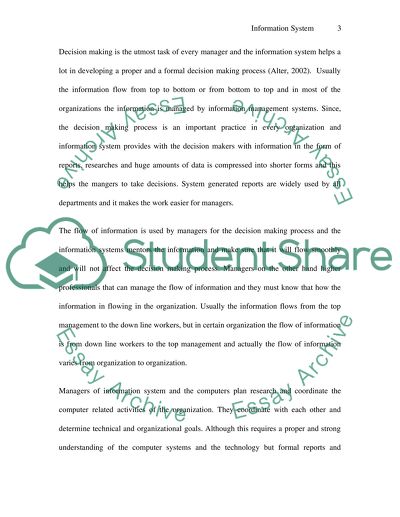Cite this document
(Global Executive Information Systems: Key Issues and Trends Case Study, n.d.)
Global Executive Information Systems: Key Issues and Trends Case Study. Retrieved from https://studentshare.org/information-technology/1532811-information-system-master-essay
Global Executive Information Systems: Key Issues and Trends Case Study. Retrieved from https://studentshare.org/information-technology/1532811-information-system-master-essay
(Global Executive Information Systems: Key Issues and Trends Case Study)
Global Executive Information Systems: Key Issues and Trends Case Study. https://studentshare.org/information-technology/1532811-information-system-master-essay.
Global Executive Information Systems: Key Issues and Trends Case Study. https://studentshare.org/information-technology/1532811-information-system-master-essay.
“Global Executive Information Systems: Key Issues and Trends Case Study”, n.d. https://studentshare.org/information-technology/1532811-information-system-master-essay.


